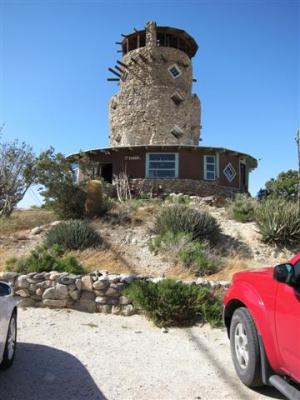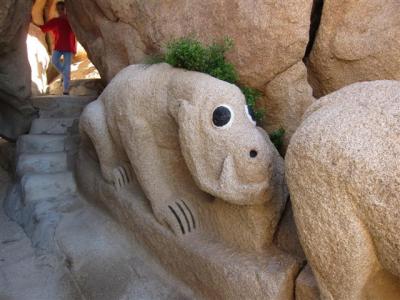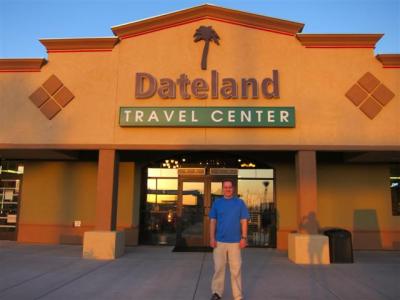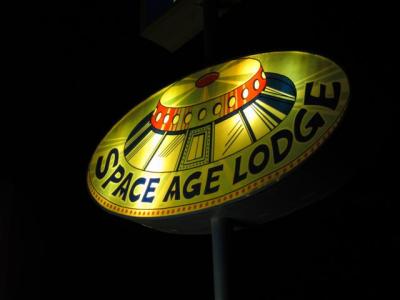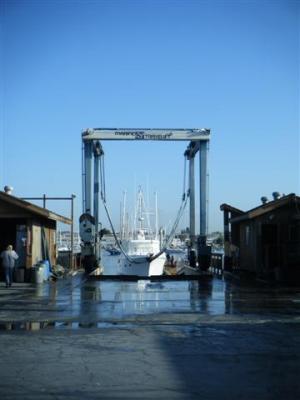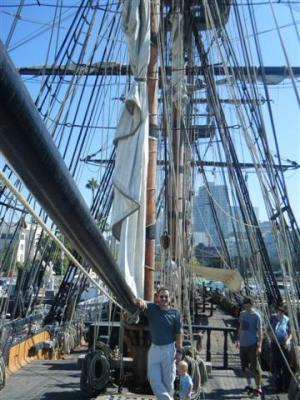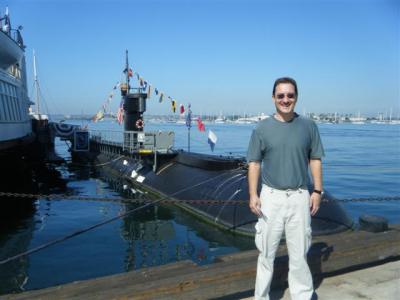On Wednesday we left for San Francisco. Leg one was from San Diego to Ventura, which took 24 hours. We left at 1130. For the first seven hours, the wind was steady at 15 knots from the forward port side, with two to four foot swells, gently shaped, at about 3 – 6 second intervals. Wind chop was about 1 – 2 feet, also gently shaped. We wish all rides in head seas could be so nice! Speeds varied from 5.5 to 6.5 knots at 1775 RPM depending on currents.
As the sun started to get lower in the sky, the wind picked up to 18 – 20 knots and the wind waves became slightly bigger at 2 – 4 feet, but noticeably sharper and at more rapid intervals. The pointier waves caused Kosmos to hobbyhorse and sent some sea spray over the bow, but it still was not a bad ride considering it was head seas.
The rougher conditions only lasted a little over an hour, then we got into the shadow of Catalina Island, where the seas slowly but steadily improved. By midnight the ride was relatively pleasant again (for head seas) and speeds had picked up to 7 knots. There was no moon and it was pitch black out, so there was no visibility all night.
We expected conditions to worsen once we passed Catalina, but they didn’t. In fact, they continued to slowly and steadily improve the whole rest of the trip. By 1000, the wind chop was completely gone, leaving only the gentle swell, making for a lovely ride.
Shortly after leaving San Diego, we had a small SNAFU arise. The entire downstairs reeked like the blackwater tank. Christi Continue reading

